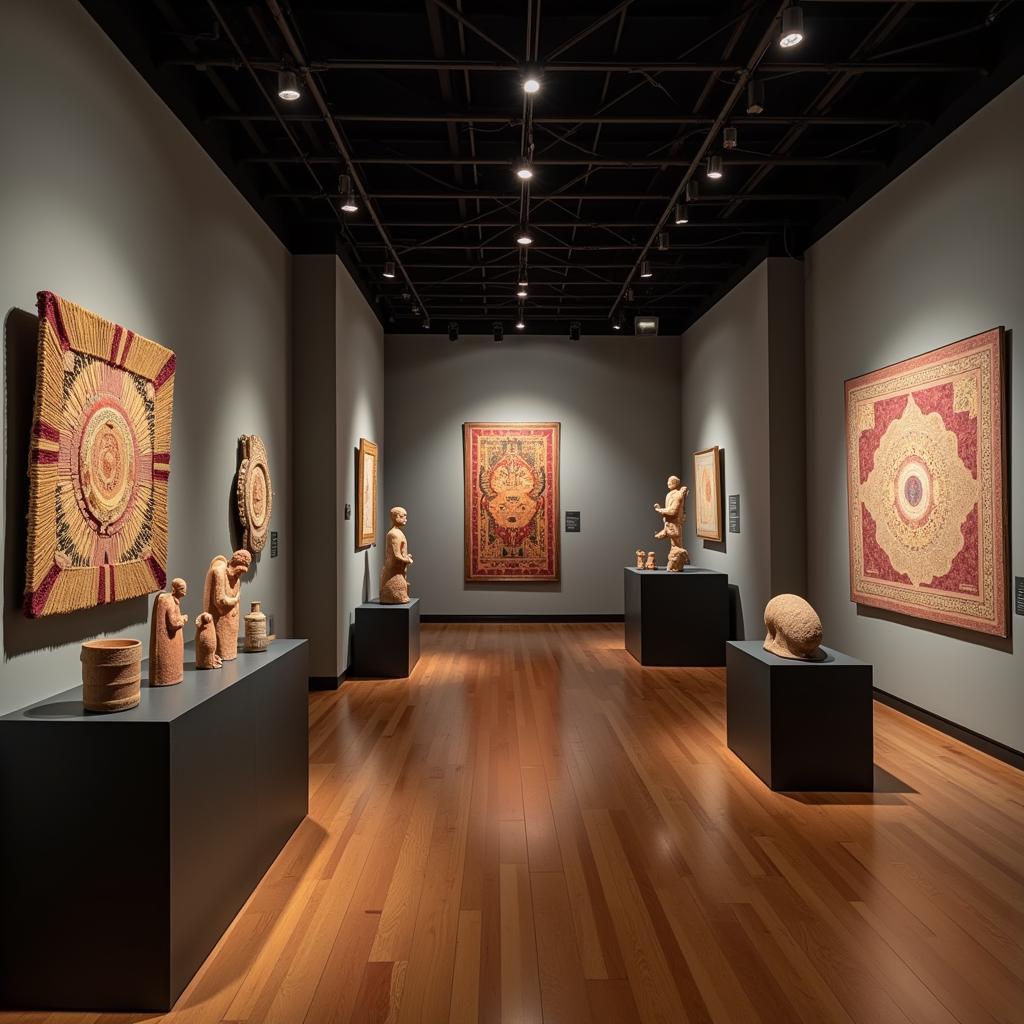Art and cultural identity have been recurring themes in IELTS Writing Task 2, appearing approximately 2-3 times annually in recent years. This topic’s frequency suggests its continued relevance in assessing candidates’ ability to discuss cultural preservation and artistic expression. One of the most common question types focuses on the relationship between art and cultural identity.

Some people believe that art plays a crucial role in preserving and promoting cultural identity. To what extent do you agree or disagree with this statement? Give reasons for your answer and include relevant examples from your knowledge or experience.
Question Analysis
This question requires candidates to:
- Take a clear position on art’s role in cultural identity
- Provide specific examples and reasoning
- Structure arguments logically
- Consider both preservation and promotion aspects
- Include personal knowledge and experience
Sample Essay 1 (Band 8.5)
Art undeniably serves as a fundamental pillar in both preserving and promoting cultural identity, and I strongly agree with this statement. Through various artistic expressions, communities can maintain their heritage while sharing their unique cultural narratives with the world.
Traditional art forms act as living repositories of cultural knowledge and practices. For instance, in many Asian countries, traditional paintings and sculptures often depict historical events, religious ceremonies, and social customs, effectively preserving these cultural elements for future generations. The intricate patterns in Indian rangoli or Chinese paper-cutting tell stories of ancient traditions while keeping these practices alive in modern times.
Furthermore, role of literature in cultural preservation demonstrates how artistic expression can transcend generations. Contemporary artists often reinterpret traditional themes through modern mediums, creating a bridge between past and present. This evolution ensures that cultural identity remains relevant and engaging for younger audiences while maintaining its core essence.
Cultural homogenization due to globalization: impacts and preservation? is a growing concern, but art serves as a powerful counter-force. When local artists showcase their work internationally, they not only promote their cultural identity but also contribute to global cultural diversity. For example, Korean pop music has successfully introduced aspects of Korean culture to global audiences while maintaining distinctive cultural elements.
In conclusion, art plays an irreplaceable role in cultural preservation and promotion. It serves both as a time capsule for traditional practices and as a dynamic medium for cultural exchange in our interconnected world.
Sample Essay 2 (Band 6.5)
I agree that art is important for cultural identity. It helps people remember their culture and show it to others.
First, art helps keep culture alive. When people make traditional art, they learn about their history. For example, in my country, young people learn traditional dance from older people. This helps them understand our culture better.
Also, art shows other people about different cultures. When tourists see local art, they learn about the place they visit. Many museums have art from different countries, and this helps people learn about other cultures.
Promote indigenous arts and cultures: initiatives needed? is important because modern life sometimes makes people forget their traditions. Art helps remind people about their culture. For example, festivals with traditional music and dance bring communities together.
Sometimes modern art mixes with traditional art. This is good because it makes young people interested in their culture. Some artists use computers to make traditional designs, which makes them more popular.
In conclusion, I think art is very important for cultural identity because it helps preserve traditions and share them with others.
Analysis of Band Scores
Band 8.5 Essay Analysis:
- Sophisticated vocabulary and complex structures
- Clear organization with well-developed ideas
- Relevant examples and thorough explanations
- Effective use of cohesive devices
- Academic tone throughout
Band 6.5 Essay Analysis:
- Basic but clear vocabulary
- Simple sentence structures
- Some development of ideas
- Basic cohesive devices
- Informal tone at times
Key Vocabulary
- Cultural identity (n) /ˈkʌltʃərəl aɪˈdentɪti/ – distinctive features of a group’s culture
- Repository (n) /rɪˈpɒzɪtəri/ – a place where things are stored and found
- Intricate (adj) /ˈɪntrɪkət/ – very complicated or detailed
- Transcend (v) /trænˈsend/ – go beyond normal limits
- Irreplaceable (adj) /ˌɪrɪˈpleɪsəbl/ – impossible to replace
- Heritage (n) /ˈherɪtɪdʒ/ – traditions passed down from previous generations
Looking ahead, future IELTS tests may feature questions about digital art’s impact on cultural identity or the role of art in cultural diplomacy. Practice writing essays on these topics to prepare effectively.
Feel free to share your practice essays in the comments section below for feedback and discussion.